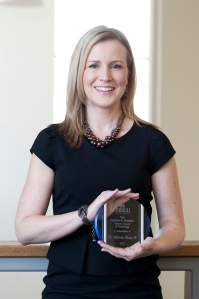Perhaps because I just recently read that the CEO of Evernote wants me to be able to remember everything, I’ve been thinking a lot about elephants lately and about Jorge Luis Borges‘ Funes Memorius and about those Seven Sins of Memory outlined by Psychologist Daniel Schacter. One of the downsides joys of being liberally educated is that one sees interconnections among seemingly disparate things.
Based upon my thinking about the links above, I’m convinced that I don’t want a perfect memory—nor do I want technological tools for remembering everything. Still, as I grow older I am increasingly sensitive to issues of memory loss. I am haunted by the descriptions of dementia so graphically and accurately described in Walter Mosely’s novel The Last Days of Ptolemy Grey.
Here is an interview with the author.
There is so much hype interest today in using technology to improve one’s brain power, health and well-being. Try, for example, doing an online search on “brain power.” You’ll be overwhelmed with the results though (hopefully) be underwhelmed by the validity of the claims. The challenge is to know how to decide which claims are “snake oil,” which represent vaporware, and which are science-based. Consider these three Internet “tools” (none of which I am endorsing but each of which I am investigating with my students) … and their promises and claims of success at improving one’s life
Which (if any) in your informed judgment is based upon valid psychological science? Which is merely entertainment? Which make false or unverifiable claims? Which is patently wrong?
Here is a video of some evidence-based things we can do to improve our health and psychological well-being. The first presenter, Dr. Michelle Braun, is a Carroll graduate who recently returned to campus to receive the Joseph E. Runkel Excellence in Psychology award. She is also the first speaker in the accompanying video. Her message is uplifting, well-presented, and data based. Thank you, Michelle, for your advocacy and for serving as a touchstone for my learning. You continue to enrich my life and those of my students.






